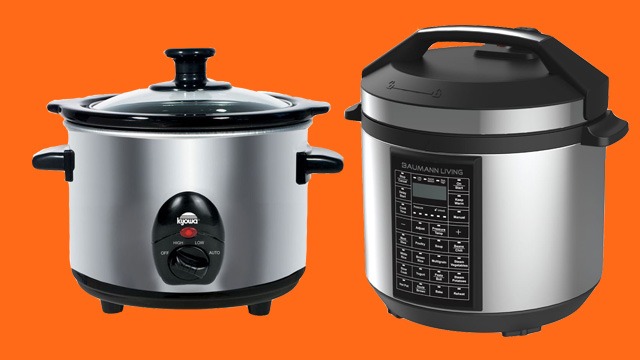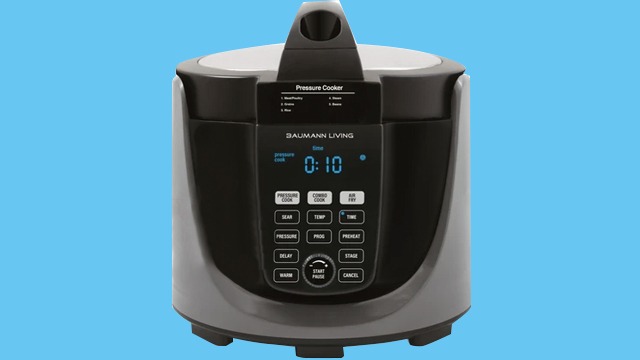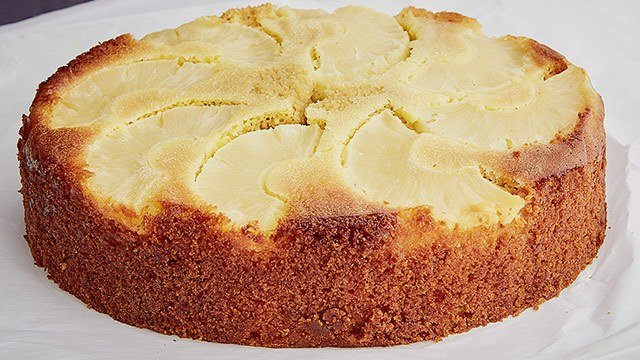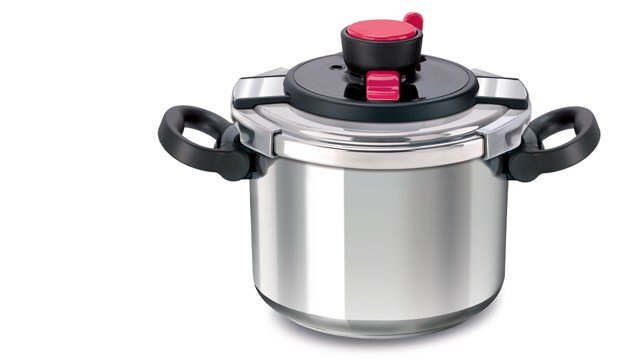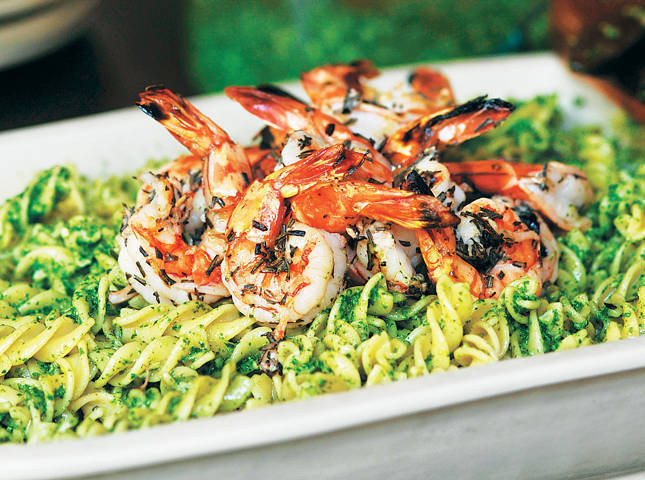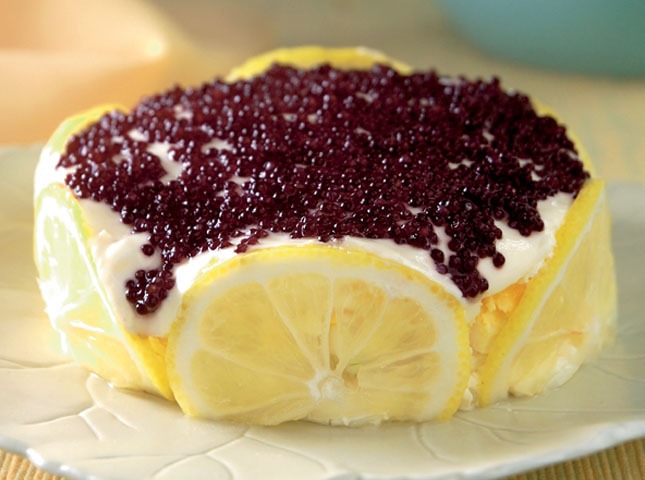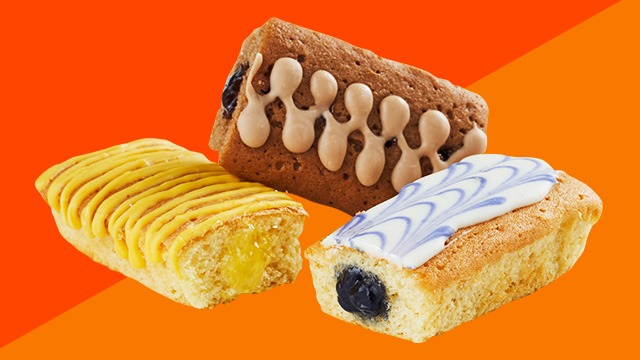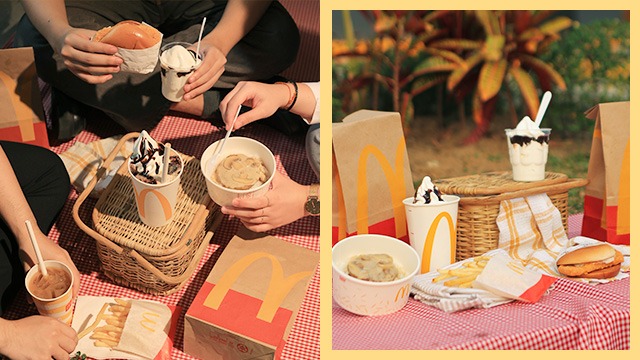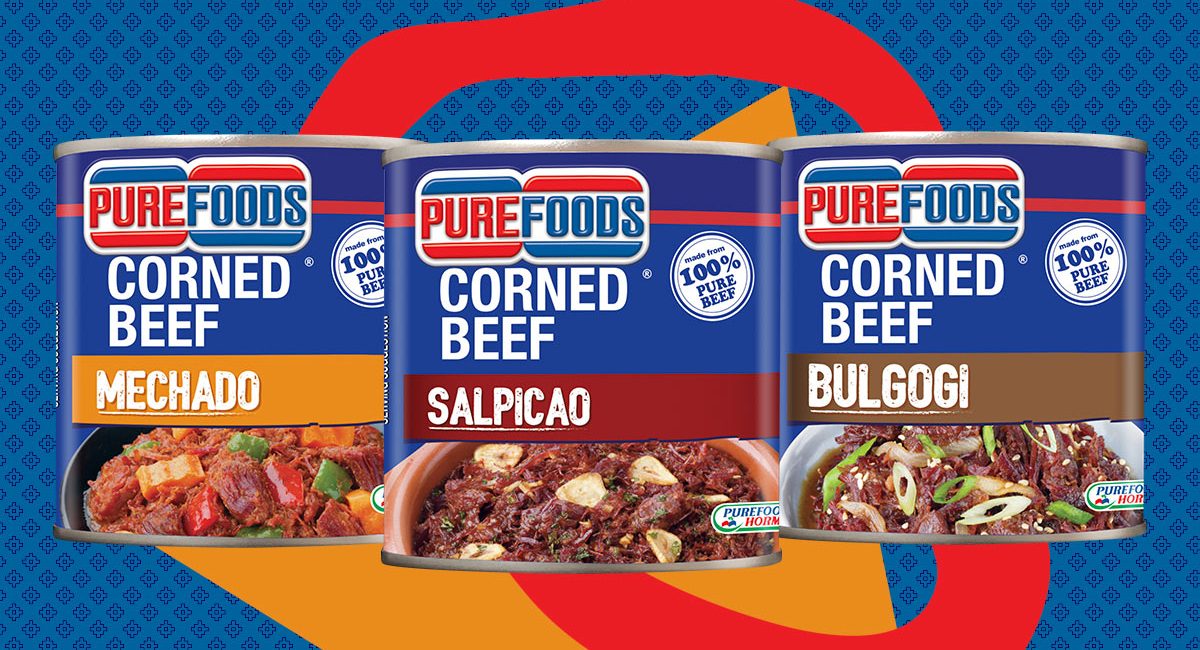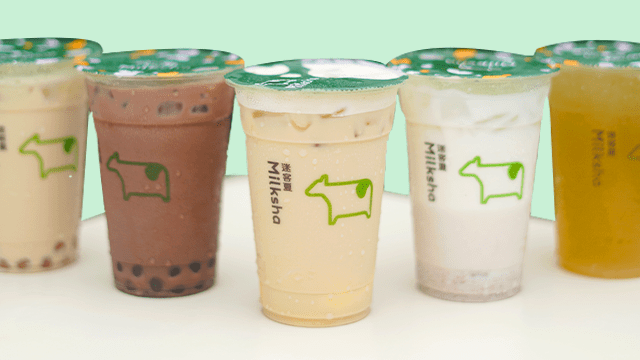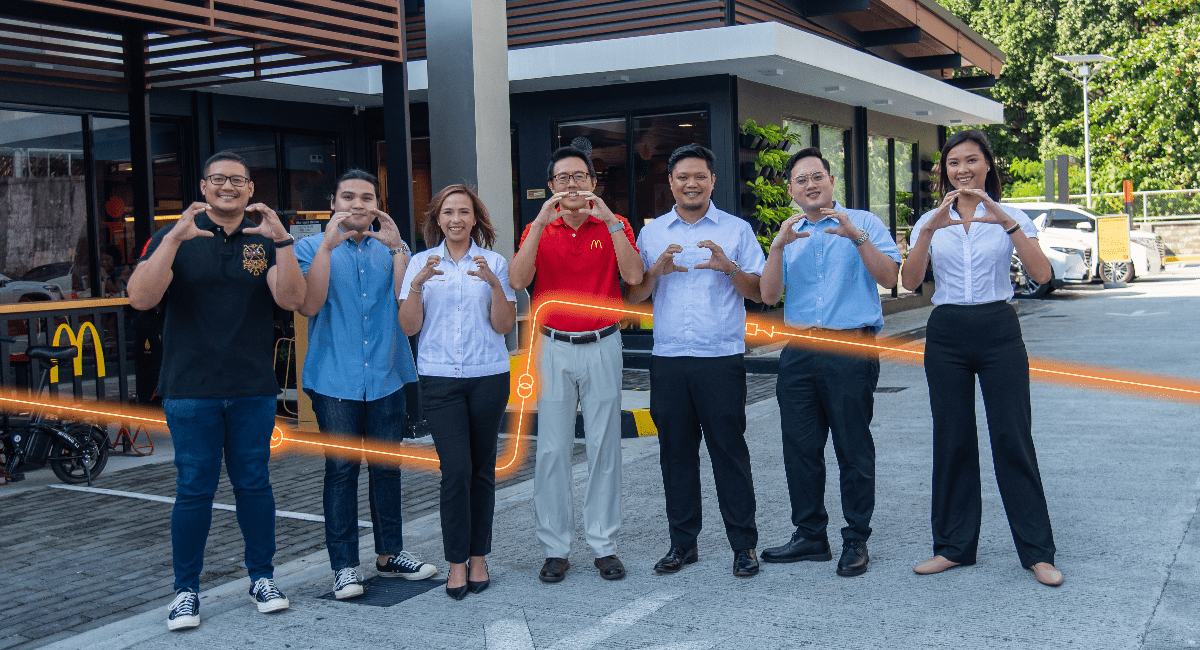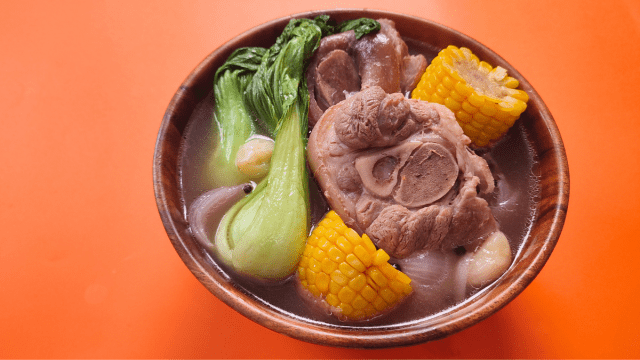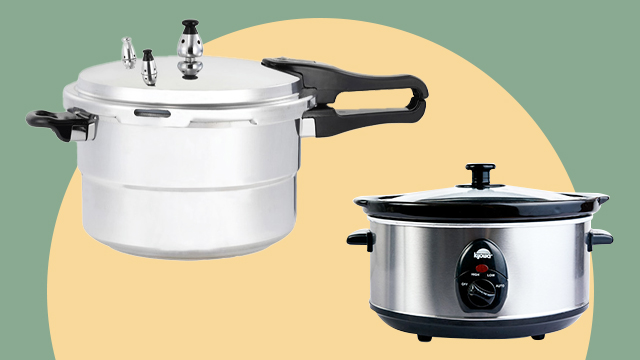
Every kitchen has a gadget or two that a home cook loves to use. It can be an appliance, a gadget, or even a tool that makes preparing and cooking food easier and less of a chore.
Of all of the equipment in the kitchen, there are two pots that you either love, hate, or even fear to use: the pressure cooker and the slow cooker.
Both pots have their pros and cons. A pressure cooker has been feared in the past but learning how to use it can be the fastest way to get the most tender and some of the most flavorful dishes on the table in less time than normal. A slow cooker meanwhile also results in tender and flavorful dishes as well but needs a lot of time.
Slow cooking is similar to braising. Pressure cooking is similar to boiling. These two special pots have their uses in any kitchen and can be your new best friend if you let them. Here’s how these two special pots differ and how best to use them to cook your meals:

1 Slow cooker means long and slow cooking. A pressure cooker means fast and hard cooking.
The biggest difference between these two pots is the speed it cooks a dish. If you were to cook the same dish in both pots, you’ll realize that one is literally slow while the other is fast although it may result in the same dish.
A slow cooker is exactly what it is called. It’s a pot that cooks your dishes slowly. What’s great about this pot is that it’s super gentle with the cooking process. The low heat ensures that your food will not overcook and will emerge moist and tender at the end of the cooking time.
A pressure cooker is the exact opposite of a slow cooker. The pressure that it collects in the pot is aggressive and basically pounds the food inside to become tender faster. That’s why it can turn tough chunks of meat tender in half the time!
2 A slow cooker is an electronic pot that can automatically turn off. A pressure cooker is used on the stove and needs special attention.
What’s fantastic about a slow cooker is that it’s an electronic cooker. That means that it usually has a timer or a switch that you can easily turn off when the food is ready. The more advanced slow cookers are fully electronic, meaning that the cookers can be equipped with a timer so that they can automatically shut off when the time runs out. No need to babysit the pot!
A basic pressure cooker meanwhile looks like a seemingly normal heavy-bottomed pot with a special lid. The pot is used just like a normal pot but with a big difference: the lid securely locks since it needs to build pressure inside. To build this pressure, the water in the pot needs to boil and create steam. This pressure is why the lid securely locks and cannot be opened until the pressure has been released.
Recommended Videos
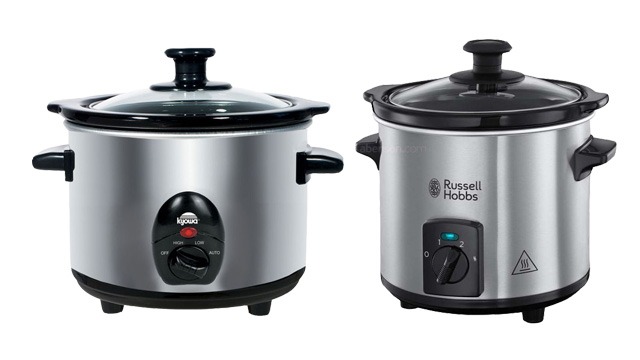
3 A slow cooker needs some liquid. A pressure cooker needs lots of water.
If you know how to braise, then you know that a slow cooker doesn’t need a lot of water. The moisture from the food and any liquid you add can easily be topped off if necessary. You can just lift the lid and add more water if the liquid has reduced too much or needs to cook for longer.
A pressure cooker starts off with lots of water. Since the pressure is created by steam, you can’t cook without adding more water than you might need. The bad news is that this can result in a water dish. The good news is that water can be simmered off since water evaporates easily through boiling.
Either pot can be your favorite pot to use in the kitchen because of what it can do. If you love cooking meals quickly, the pressure cooker is the pot that you should learn to cook in. If you don’t mind waiting but don’t want to hang out in the kitchen, the slow cooker may be the pot you turn to.
***

